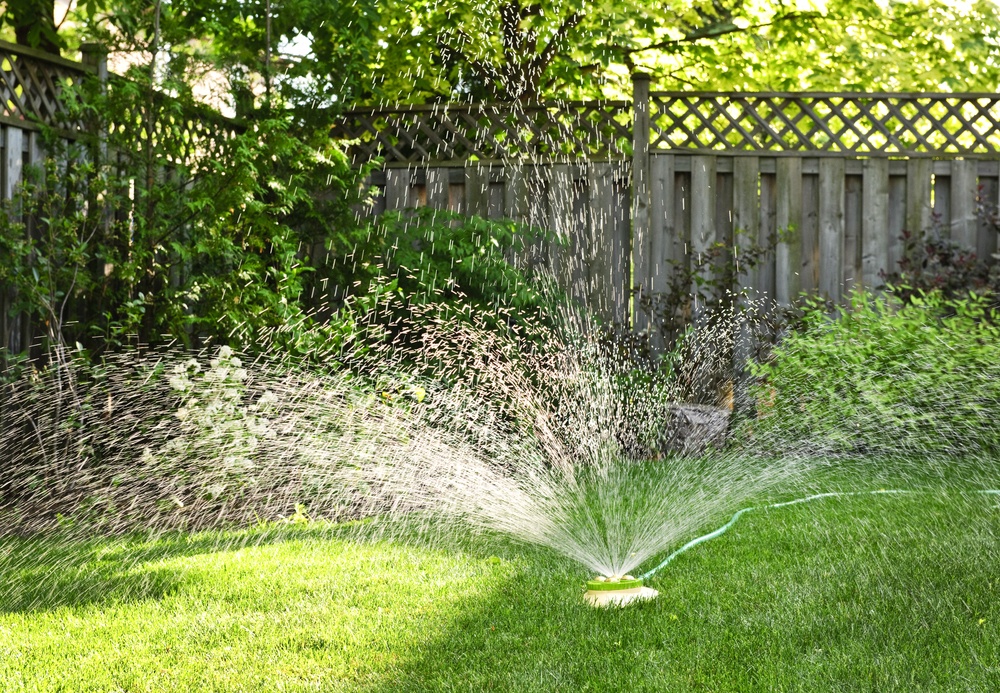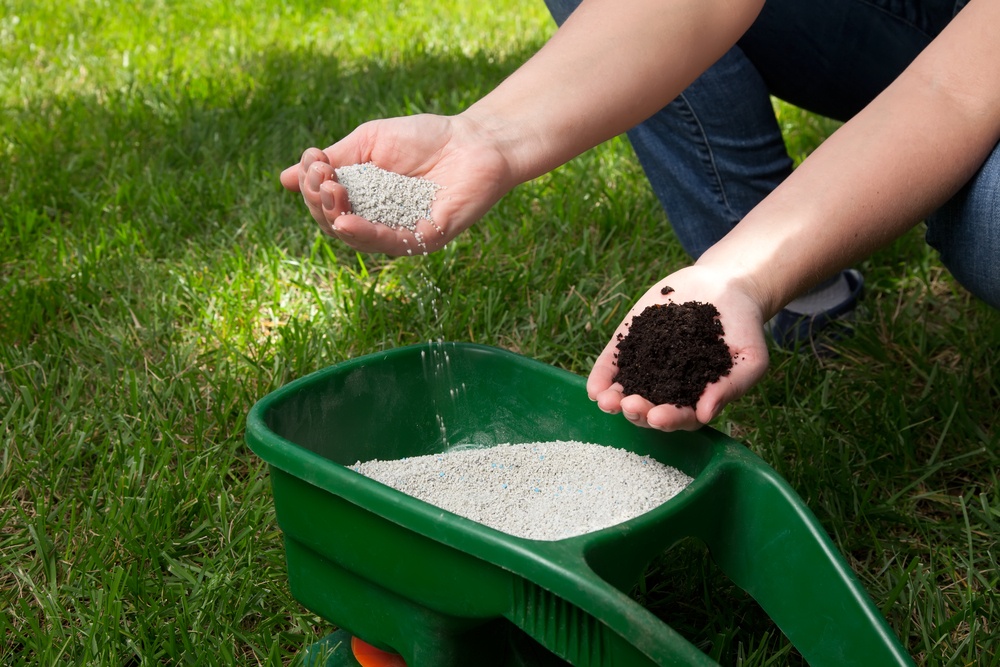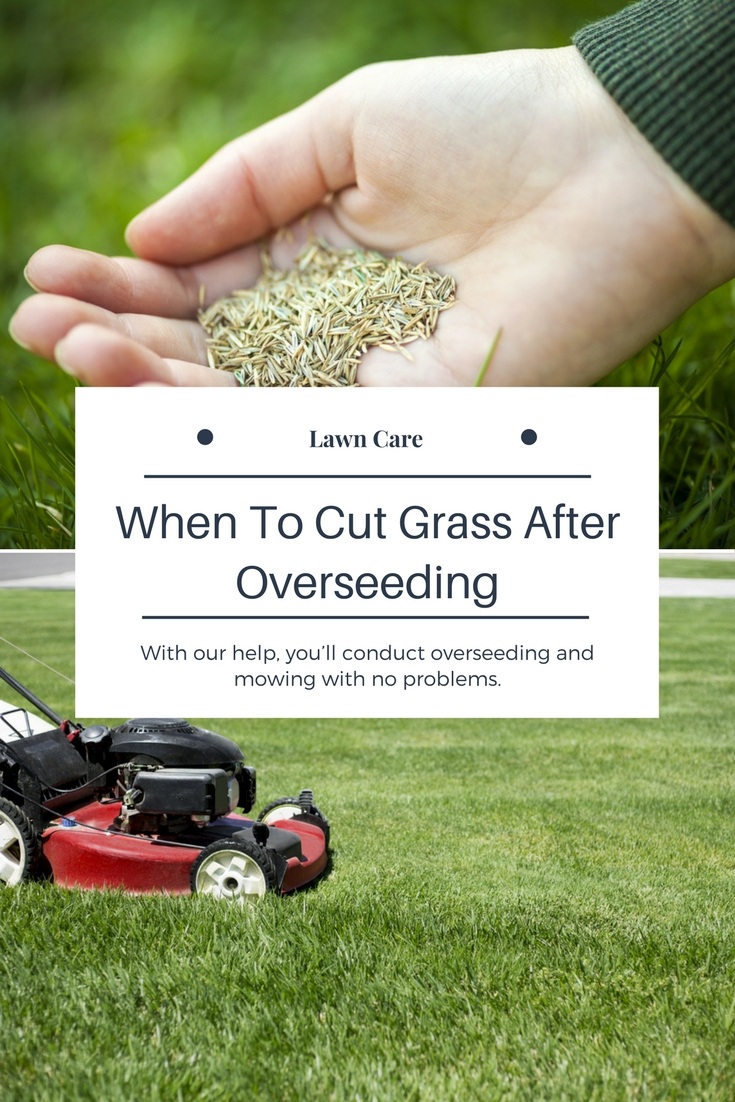If your lawn doesn’t look good due to thinning grass, you might opt to grow more grass seeds. This process is more commonly referred to as overseeding, and it’s also useful for treating suffered sections due to pests and plant disease.
Of course, overseeding your property will require you to change some gardening practices, including how your lawn should be mowed. So if you’re wondering when to cut grass after overseeding, do read our essential guide. With our help, you’ll conduct overseeding and mowing with no problems.
Initial Mowing And Watering
Before you conduct overseeding to thicken your lawn, you have to mow the current lawn first. Make sure that the grass height is significantly low because the new grass seedlings need room to grow. The established grass still needs its own share of water and nutrients, so it should be mowed first.

After you’ve mowed the lawn, it’s time to scatter the new grass seeds in the area. Remember to water this section once a day. You can irrigate the area twice a day if it’s a relatively hot day. What matters is that the soil gets enough moisture to support root establishment.
As the new seedlings take root in the soil, you must mow the lawn several times. Specifically, the mowing height should be between one and a half inches to two inches. When the grass seedlings have reached at least one and a half inches, you can increase the mowing height to as much as three inches (learn more here).
Fertilizing

You should not use any fertilizer for the first three weeks after overseeding your lawn. Remember that your lawn already has grass prior to overseeding. If you apply fertilizer this early, this old grass will have accelerated growth.
Once the old grass grows at a rapid rate, the grass seedlings will get an unnecessary shade that stops them from receiving enough sunlight. You only apply fertilizer once root establishment has occurred. A pound of nitrogen is good enough for every one thousand square feet of lawn.
Do you know the way to spread fertilizer properly?
Cutting After Overseeding
With the right steps in watering, initial mowing, and fertilizing, the overseeded lawn should be ripe for cutting. So, is there one concrete answer as to when the cutting should start? In short: No. The answer will always vary depending on the grass type that affects its mowing height.

If your lawn is overseeded with cool-season grasses such as Kentucky bluegrass or fescue, the grass height range will be from 2.5 inches to 4 inches. They grow the most during the spring and fall seasons.
On the other hand, warm-season grasses grow best during summer. Examples of this grass type include Bermuda grass and zoysia grass. These grasses range from an inch to three inches high.
Thus, it’s important to identify the type of grass used for overseeding. Once these height ranges are achieved, you can start cutting the grass for the first time. In general, however, you should not do any mowing during the first two weeks to four weeks after planting the new grass seeds. They should not be disturbed while root establishment occurs.
As for how much you should cut, you should typically mow at least three inches high. Mowing at a shorter height could prevent the grass blades from gathering enough moisture due to loss of shade.
In conclusion, overseeding needs proper mowing, watering, and fertilizing for the seeds to grow optimally. This will help both root establishment and grass height increase. You can conduct cutting once sufficient grass height, which differs with each grass type, is attained.
If you have any queries, do give us a comment.
Pin It!


